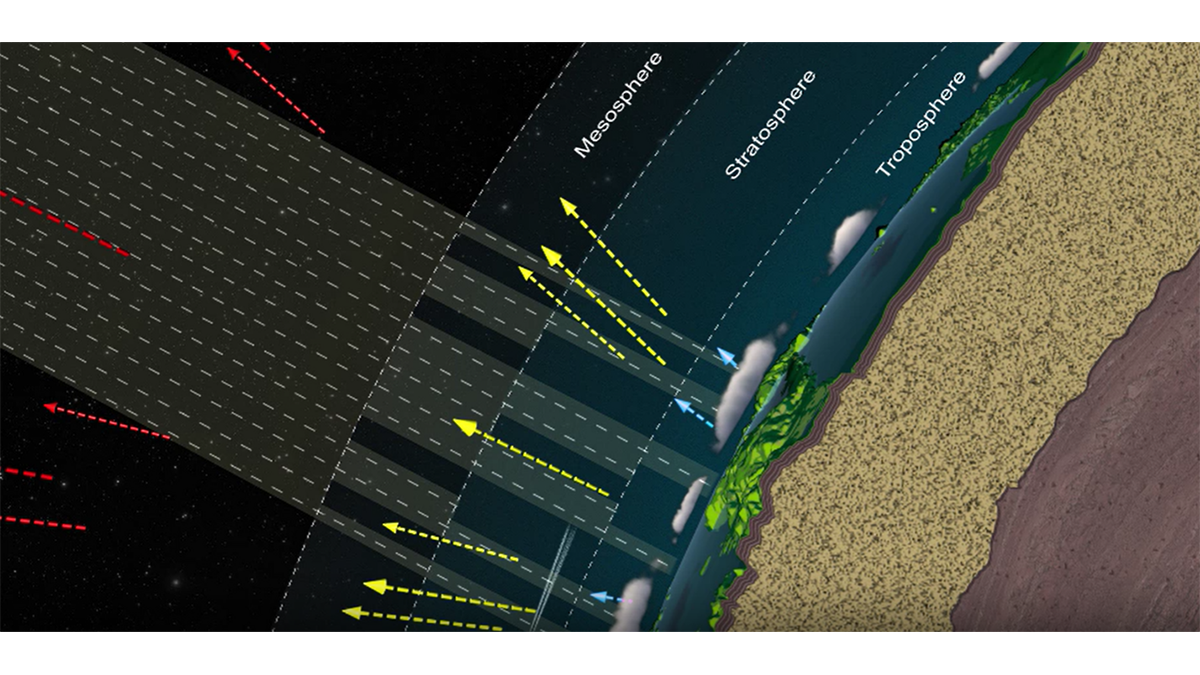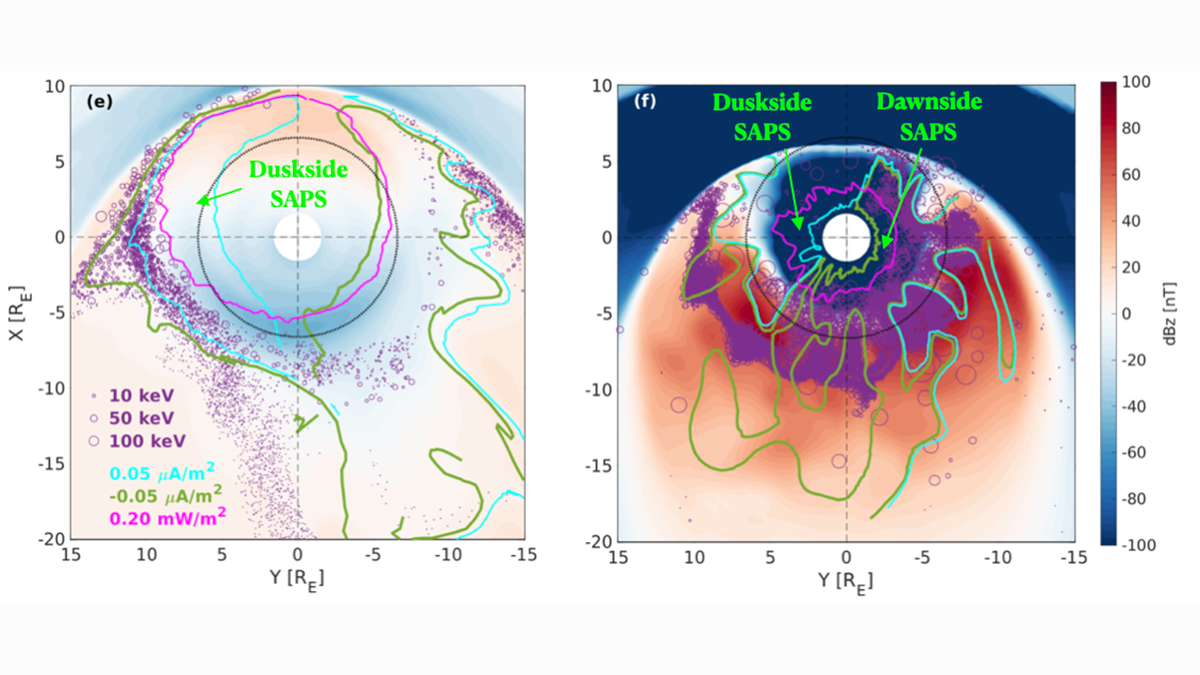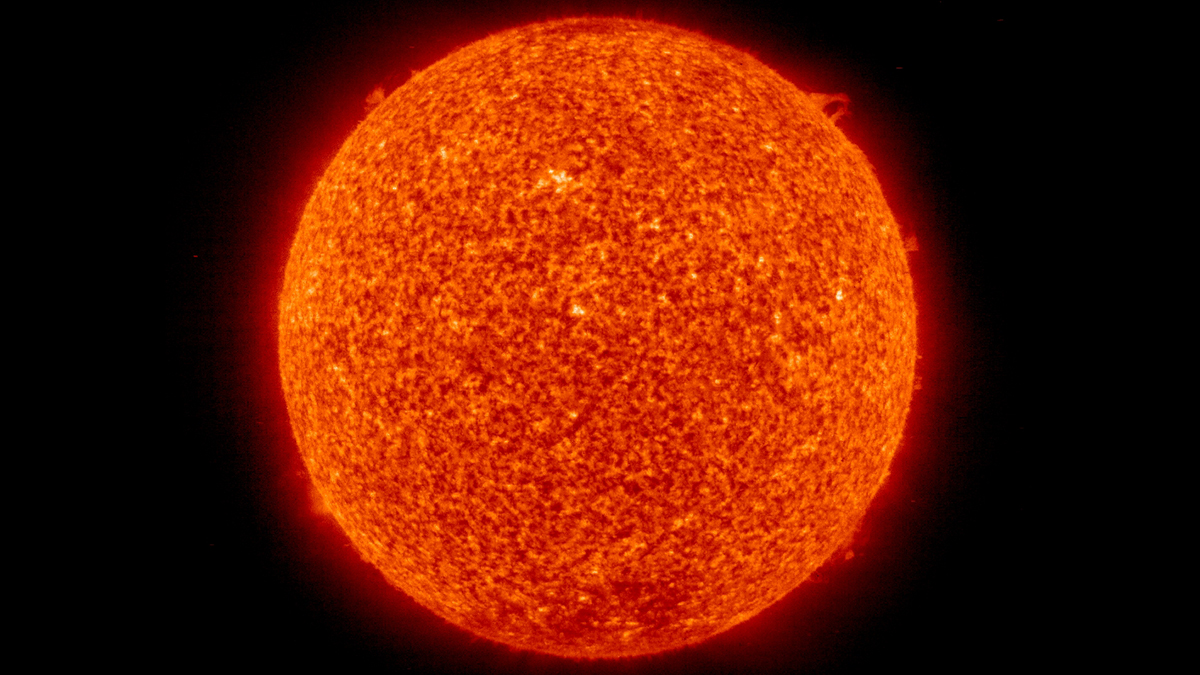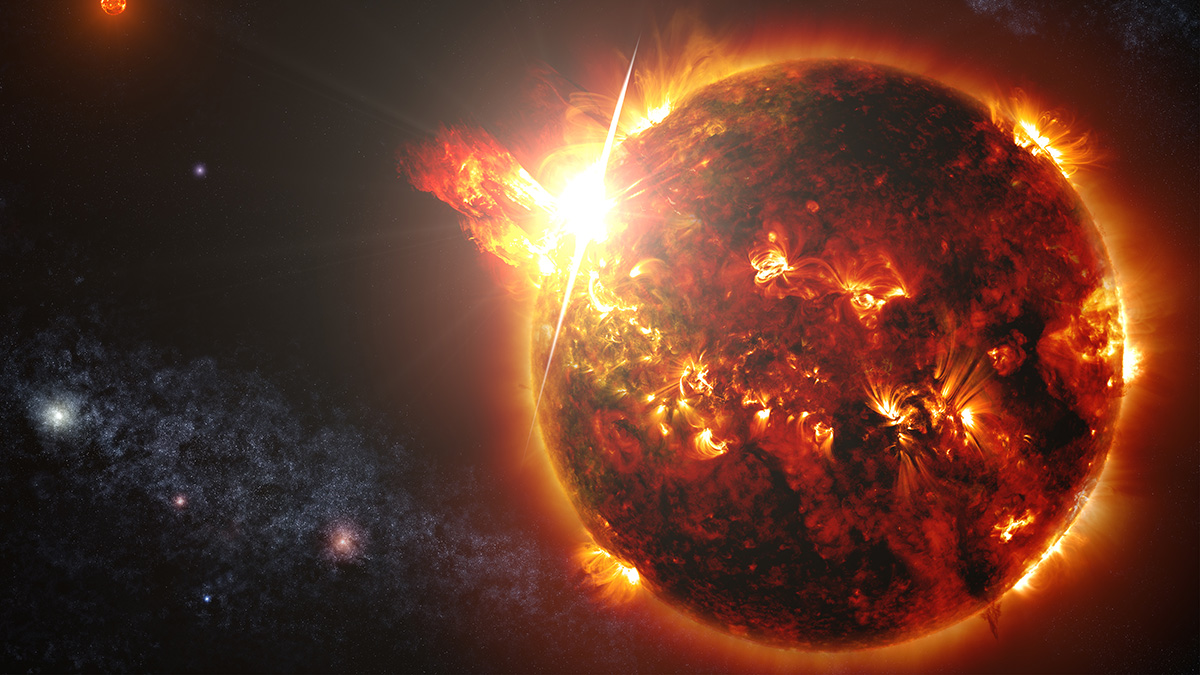Geomagnetic storms could significantly disrupt electrified train operations in the United Kingdom once every few decades, according to a new study.
solar activity
Updated Reference Standard for Total Solar Irradiance
Version 2 of the Total and Spectral Solar Irradiance Sensor-1 Hybrid Solar Reference Spectrum captures a spectral resolution spanning 0.115-200 micrometers and integrates nearly 100% of the TSI energy.
The International Reference Ionosphere – A Model Ionosphere
An accurate and reliable description of Earth’s ionosphere is of critical importance because of our increased reliance on satellite technology and the significant impact the ionosphere has on it.
Origin of Dawnside Subauroral Plasma Flows in Geomagnetic Storms
Geomagnetic storms induce fast plasma flows next to the aurora and affect space weather. Lin et al. explain the origin of a special “dawnside” plasma stream that occurs only during extreme storm events.
Shake, Rattle, and Probe
Helioseismology allows scientists to study the interior of the Sun, solve some basic physics mysteries, and forecast space weather.
11 Discoveries Awaiting Us at Solar Max
Each solar cycle might seem like the same old story, but one thing has changed significantly since the previous solar maximum–our technology.
Why Did Sunspots Disappear for 70 Years? Nearby Star Holds Clues
Five decades of data revealed a star undergoing a pause in magnetic activity similar to what the Sun experienced almost 400 years ago.
Coronal Dimmings Shine Light on Stellar CMEs
Coronal mass ejections from stars have eluded easy observation, so scientists are looking at what’s left behind.
Chinese-Led Solar Research Is Looking Bright
With new missions underway and planned, China is stepping up to observe our nearest stellar neighbor.










